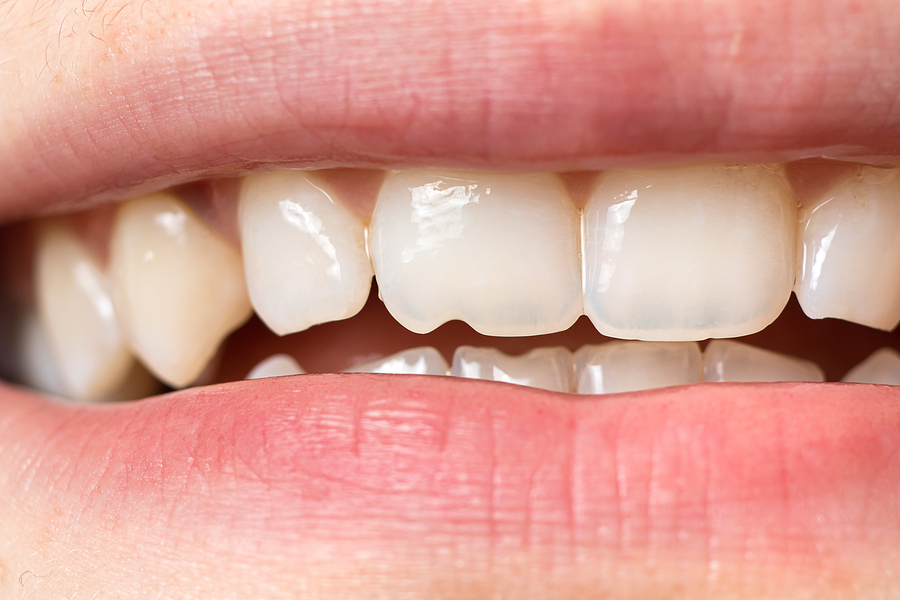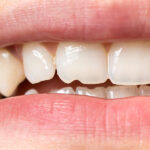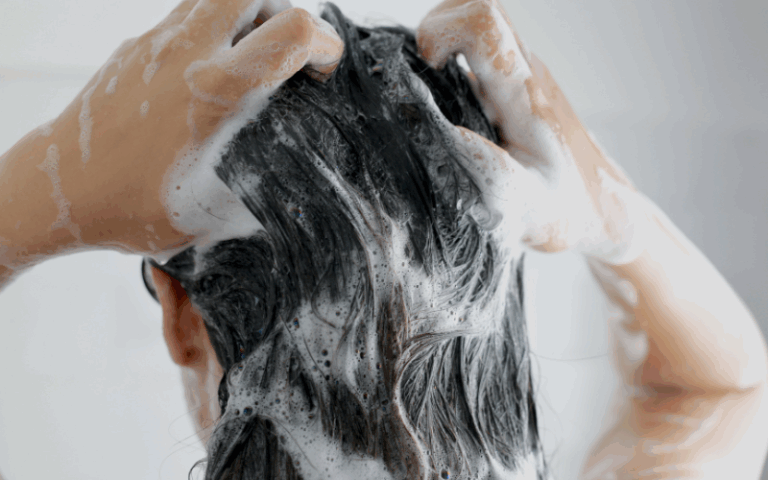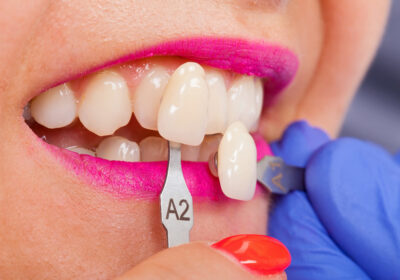
UNDERSTANDING A CHIPPED TOOTH: CAUSES, TREATMENT, AND CARE
1. INTRODUCTION
A chipped tooth happens when a small part of the outer surface of your tooth, known as enamel, breaks off. If you’re exploring restorative or cosmetic options, you might also wonder how much Invisalign cost to improve your overall smile alignment. This can happen if you bite something hard, have an injury to your mouth, or use your teeth improperly. While a minor chip may not always be painful, it’s still important to see a dentist. Ignoring it can lead to more damage or infection, and sometimes, it may also affect your confidence when you smile.
2. WHAT IS A CHIPPED TOOTH?
Tooth enamel is strong, but not unbreakable. When the tooth’s enamel fractures or cracks, it becomes chipped. This can happen due to a fall, a sports injury, or even biting on hard food like candy or ice. A small chip might just make your tooth edge rough, while a large one can expose the inner layers, leading to pain and sensitivity. It is best to have it examined by a dentist or endodontist regardless of its size.
A chipped tooth differs from a cracked tooth. In a chip, a small portion breaks off, while a crack runs deeper through the tooth. Both may require dental attention depending on their severity.
3. SYMPTOMS AND CAUSES
The most obvious sign is noticing a piece of your tooth missing or feeling a sharp, uneven edge with your tongue. In some cases, you may experience pain or sensitivity when eating hot or cold foods. If the nerve inside the tooth is exposed, the pain can be intense.
Common causes include accidents, sports injuries, chewing on hard foods, and teeth grinding (also known as bruxism). Using your teeth to open packages or bite your nails can also increase the risk. Tooth chipping can be caused by a variety of factors, including aging, acid reflux, dental disease, and worn-down enamel.
4. TREATMENT OPTIONS
Treatment depends on the extent of the tooth damage. For small chips, the dentist may smooth and polish the rough edge. If the chip is more noticeable, bonding can be done using tooth-coloured resin to reshape the tooth. Veneers are another option for front teeth — thin shells that cover the damaged area and restore appearance.
Larger chips may need a crown, a protective cap placed over the tooth to prevent further breakage. If the nerve is affected, a root canal might be necessary to remove the infection before placing a crown.
5. CARING FOR A CHIPPED TOOTH
If you chip a tooth, schedule a dental appointment as soon as possible. Until then, rinse your mouth gently, apply ice if there’s swelling, and avoid using that tooth to chew. If the fragment is large, keep it in milk and bring it to your dentist — sometimes it can be reattached. Use dental wax or sugar-free gum to protect the sharp area from irritating your tongue or gums.
6. PREVENTION TIPS
To prevent chipping, wear a mouthguard during sports and a nightguard if you grind your teeth at night. Do not use your teeth as tools or bite into hard foods. Brush and floss daily, visit your dentist regularly, and manage acid reflux if you have it.
Even a small chip shouldn’t be ignored. Prompt care can protect your tooth, restore your smile, and prevent future problems.















